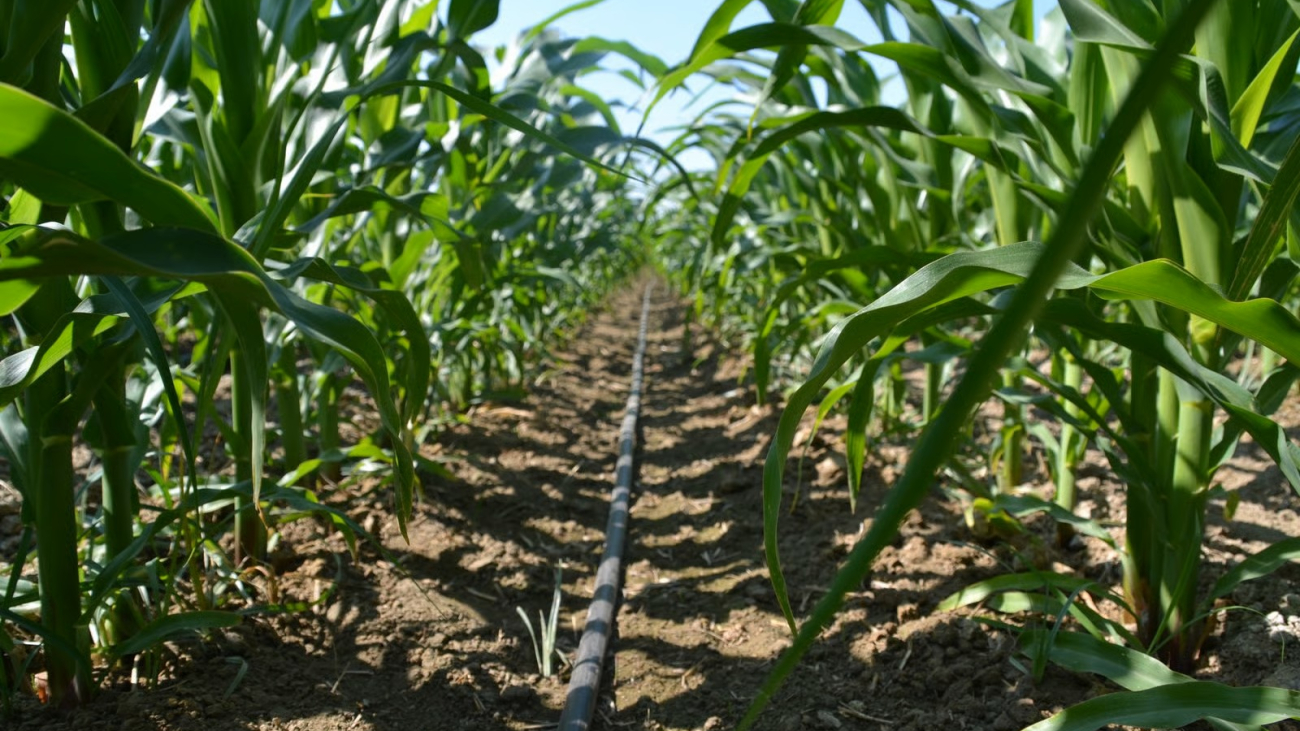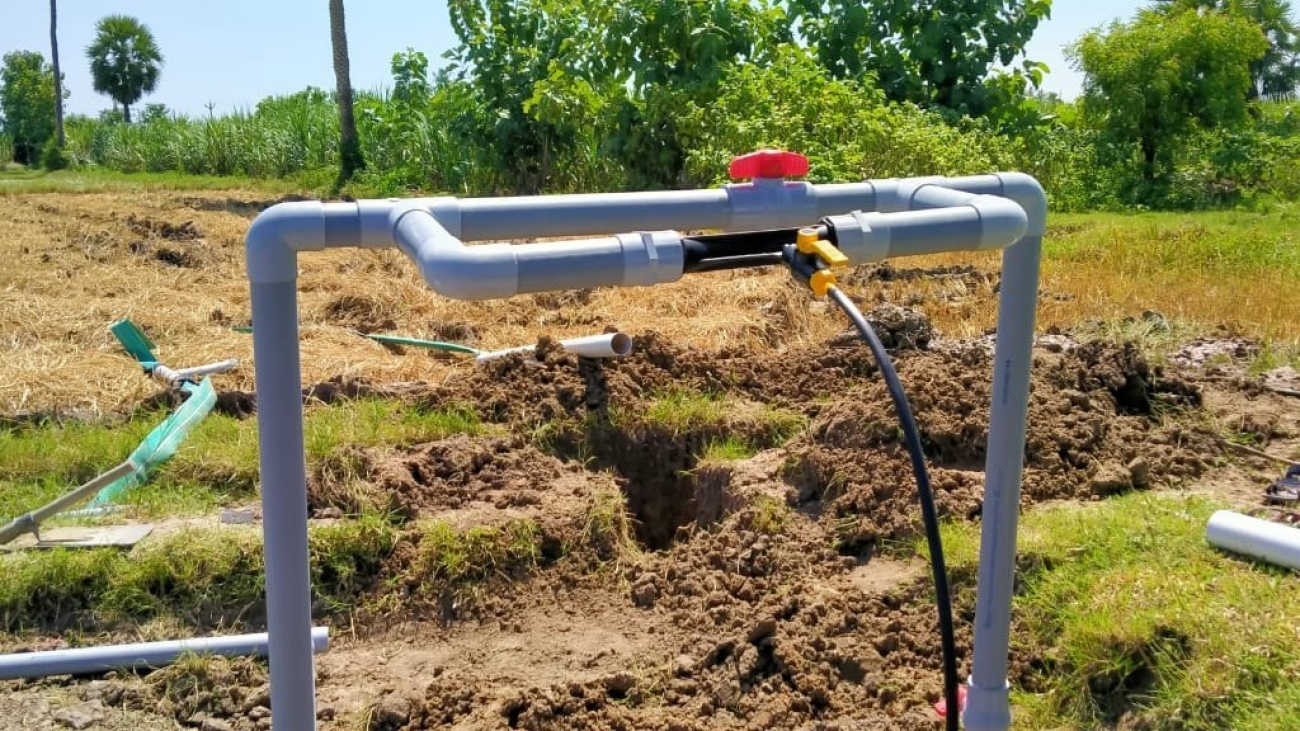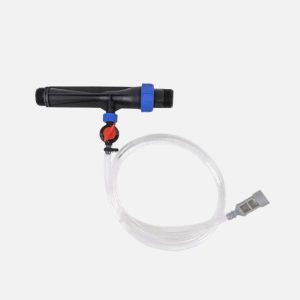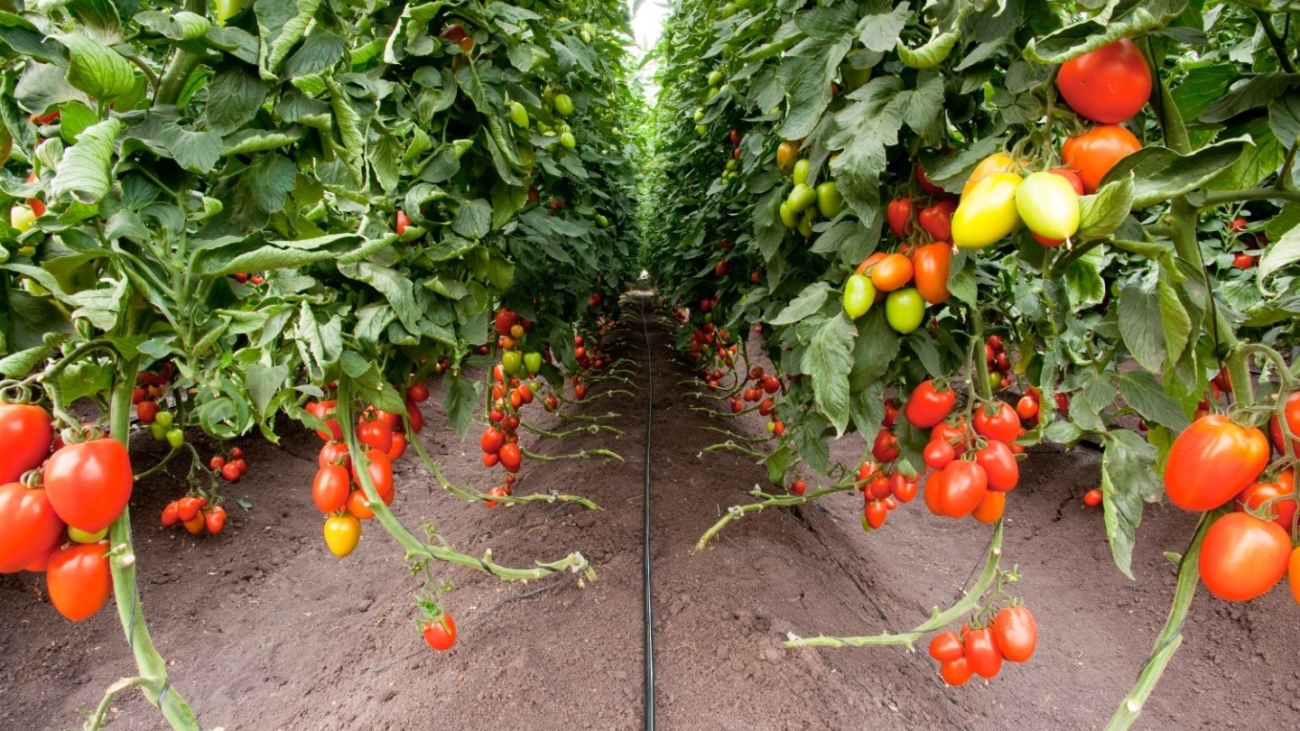Maize, or corn as it’s called in some parts of the world, is far more than just a staple crop in Sub-Saharan Africa. . In many African countries, it accounts for over 30% of daily caloric intake. With Irrigation, 300% incrrase in yields have been recorded.
Drip irrigation : Drop by drop
Drip irrigation is a highly efficient method of watering plants by delivering water directly to the root zone in small, controlled amounts. Unlike traditional irrigation systems that rely on spraying or flooding large areas, drip irrigation minimizes water wastage and promotes water conservation. Here are some key features and components of drip irrigation systems:
- Drip Emitters:
- These are devices that control the flow of water and release it in drops or small streams directly onto the soil.
- Emitters can be adjustable, allowing users to regulate the amount of water delivered to each plant.
- Tubing and Hoses:
- Drip systems use flexible tubes or hoses to transport water from the water source to the drip emitters.
- The tubing is made from materials like polyethylene and can be easily laid out in rows along the planting area.
- Filters:
- Filters are essential components to prevent clogging of emitters by removing debris and sediment from the water.
- Common types include screen filters and disc filters.
- Pressure Regulators:
- These devices maintain a consistent pressure within the irrigation system, ensuring uniform water distribution to all plants.
- Backflow Preventers:
- Backflow preventers are installed to ensure that water from the irrigation system does not flow back into the main water supply, preventing contamination.
- Drip Lines and Drip Tape:
- Drip lines are tubing with pre-installed emitters at specific intervals, making installation easier.
- Drip tape is a flat tubing with emitters and is often used in agriculture for row crops.
- Controllers and Timers:
- Automated controllers or timers allow users to program the irrigation system, determining when and how long water should be applied.
- Fertilizer Injectors:
- Some drip systems include fertilizer injectors to add nutrients directly to the irrigation water, providing plants with essential elements.
Benefits of Drip Irrigation:
- Water Efficiency: Drip irrigation minimizes water wastage by delivering water directly to the plant roots, reducing evaporation and runoff.
- Energy Efficiency: The system requires lower water pressure compared to traditional irrigation methods, resulting in energy savings.
- Improved Plant Health: By avoiding water contact with leaves, drip irrigation reduces the risk of plant diseases.
- Customization: Drip systems can be customized to suit different types of plants, ensuring each receives the appropriate amount of water.
- Weed Control: Since water is delivered directly to the root zone, weed growth is minimized as surface soil remains dry.
Drip irrigation is widely used in agriculture, landscaping, and home gardening to promote efficient and sustainable water use.
Elevating Tomato Yields in Nigeria through Drip Irrigation : A Comprehensive Analysis
Tomatoes are a cornerstone of Nigerian agriculture, finding their way into a multitude of traditional dishes and modern cuisines. However, the challenge of achieving robust tomato harvests necessitates a strategic approach to water management. In this context, the implementation of drip irrigation, renowned for its water efficiency, takes on paramount importance.
Decoding Drip Irrigation: Drip irrigation stands as an innovative technique where water is supplied directly to the root zones of plants via an intricate network of tubes, pipes, and emitters. This approach mitigates water wastage and curtails the risks of overwatering, fostering an environment conducive to healthier plant growth.
Leveraging Drip Irrigation for Nigerian Tomato Cultivation:
- Water Conservation: Drip irrigation demonstrates its water-saving prowess, conserving up to 50% more water than conventional watering techniques. Given Nigeria’s water scarcity concerns, this is a vital benefit.
- Optimal Root Development: The precision of drip irrigation minimizes moisture contact with foliage, reducing susceptibility to fungal infections. This factor is instrumental in enhancing root health and facilitating the uptake of essential nutrients.
- Elevated Yield and Quality: The uniform water supply facilitated by drip irrigation leads to more consistent tomato sizing, flavor, and color. Enhanced fruit quality bolsters both local consumption and export potential.
- Weed Management: By solely targeting the root zones, drip irrigation restricts weed growth in unintended areas, decreasing competition for resources and fostering healthier tomato plants.
- Efficiency Gains: Drip irrigation systems, once established, require minimal oversight. This transition from labor-intensive watering methods can liberate substantial time and resources.
Designing a Drip Irrigation Blueprint for Nigerian Tomato Farms: Developing a tailored drip irrigation system for tomato cultivation entails the following strategic steps:
- Quantifying Water Demands: Accurate assessment of water requirements based on factors such as climate, tomato variety, and soil characteristics in the Nigerian context.
- Component Selection: Opting for premium-quality components, including drip tubing, emitters, connectors, filters, pressure regulators, and stakes, tailored to the Nigerian agro-climatic conditions.
- Spatial Layout: Meticulous arrangement of the drip system, considering plant spacing, terrain variations, and water pressure dynamics. Placing emitters near the root zone, typically aligned with the canopy’s drip line, is critical.
- Installation Protocol: Laying the drip tubing along the rows and securing it with stakes. Precise emitter attachment and optimal distribution across the field ensure uniform water supply.
- Secure Water Source: Establishing a reliable water source, such as a well-maintained hose bib or a dedicated irrigation line, fortified with a filtration system to avert debris-related clogs.
- Testing and Calibration: Initiating the system to assess water distribution, followed by adjustments to emitter flow rates and spacing to guarantee equitable moisture dispersion.
Sustained Maintenance and Considerations: Regular maintenance holds the key to sustaining drip irrigation systems’ performance in Nigerian tomato cultivation:
- Flushing Regimen: Routine system flushing to forestall clogs and mineral accumulation within emitters, which can disrupt water flow.
- Leak Checks: Vigilant inspection to detect leaks, tubing damage, and emitter obstructions, with timely remedies to ensure uninterrupted water supply.
- Soil Moisture Monitoring: Employing soil moisture sensors to gauge moisture levels, preventing both water stress and waterlogging situations.
- Dynamic Adjustments: Adapting irrigation schedules in sync with varying weather patterns and tomato growth stages, which are quintessential in the Nigerian context.
- Winter Preparedness: Executing a comprehensive winterization protocol, including draining the system to preempt freezing and component deterioration.
In Closing: Drip irrigation serves as a transformative solution for Nigerian tomato producers, optimizing water utilization and augmenting crop productivity. The calculated deployment of this technique resonates profoundly within the local agricultural landscape, fostering tomato harvests that not only satiate national demand but also have the potential to contribute to broader economic growth through exports. By orchestrating the orchestration of an efficient and meticulously maintained drip irrigation system, Nigerian farmers can harness the power of technology to yield tomato crops that reflect both quality and quantity.


 Cart is empty
Cart is empty 



